Some customers would like to use big matt tiles for the bathroom floor as these tiles are offered in different colors such as light grey, blue navy, dark beige, and green to name a few. When choosing which tile to install, people often think of color first, but finishes are also important to consider.
Do you want your tiles to reflect light? Looking for sweeter? Want some texture? You should also consider the installation location, as certain finishes are better suited for certain applications. In addition, not all of our finishes are available on all of our materials.
Textures are everywhere – in nature, in our homes – almost everywhere! It increases both our sensory experience and an important functional element of our space. When it comes to interior design, the texture is not only the magic ingredient that makes any room decor pop,
but it is also crucial for design success. Tile texture is often overlooked when planning a new space or remodel, but it’s just as important as color, shape, and pattern. Besides adding a visual element to your setup,
the textures you choose can also serve a practical function. If you’ve been snooping around design sites for a while, you’ve probably noticed that there are a variety of finishes to choose from.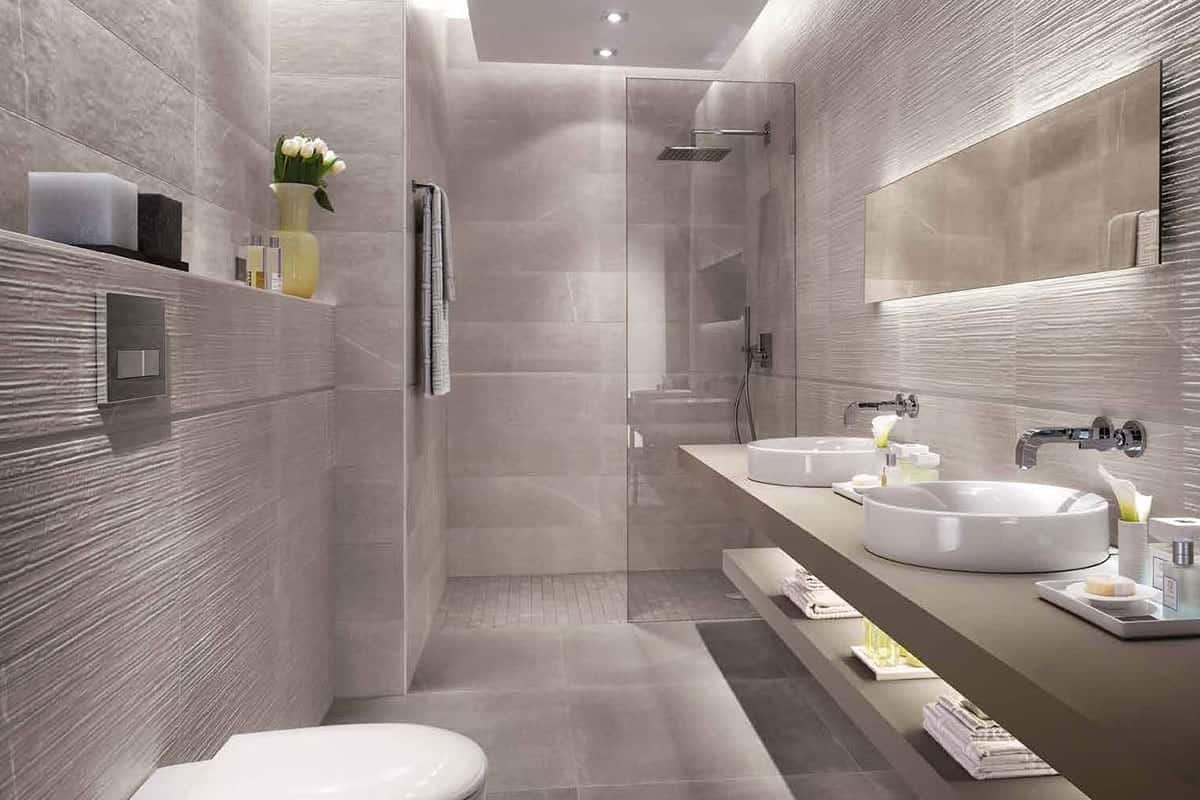
The most common ones you’ve probably heard of: are polished, enameled, knurled, non-slip, etc. Maybe you don’t even know! Either way, don’t worry. We’ve put together a quick and easy 5 minute guide for you to understand the different finishes that will help you make tiling decisions easier.
natural stone tiles
We know the earth-inspired look and feel are two of the reasons homeowners choose natural stone tiles in their designs. If you are looking for a unique design where no two pieces are alike,
the stone is the obvious choice! Marble, travertine, onyx, sandstone, or limestone – all types of natural stone tiles are available in a variety of finishes. If you’re unsure of your options, read on to learn about the most common finishes that make natural stone tiles different from each other.
polished tiles
Polishing is most commonly associated with granite and marble tiles (although other natural stones can also be polished), as both are hard enough for a good polishing.
Polished stone tiles are available in a full range of shades from glossy highlights to dark shades, with a high gloss and perfectly smooth finish. Polishing can bring out the best color and texture in the stone (especially marble tiles!), and the pattern will be stronger and bolder than on natural surfaces.
People love glossy tiles because of their highly reflective surface and the emphasis on the natural properties of the featured stone. Polished natural gemstones are often paired with ornate designs that provide a high end luxury feel. However, we cannot ignore the flaws of polished tiles.
You will notice that scratching is much easier on reflective surfaces than on matte tiles. Also, it’s important to consider where in your home the polished tiles will be placed and the amount of foot traffic you’re likely to get.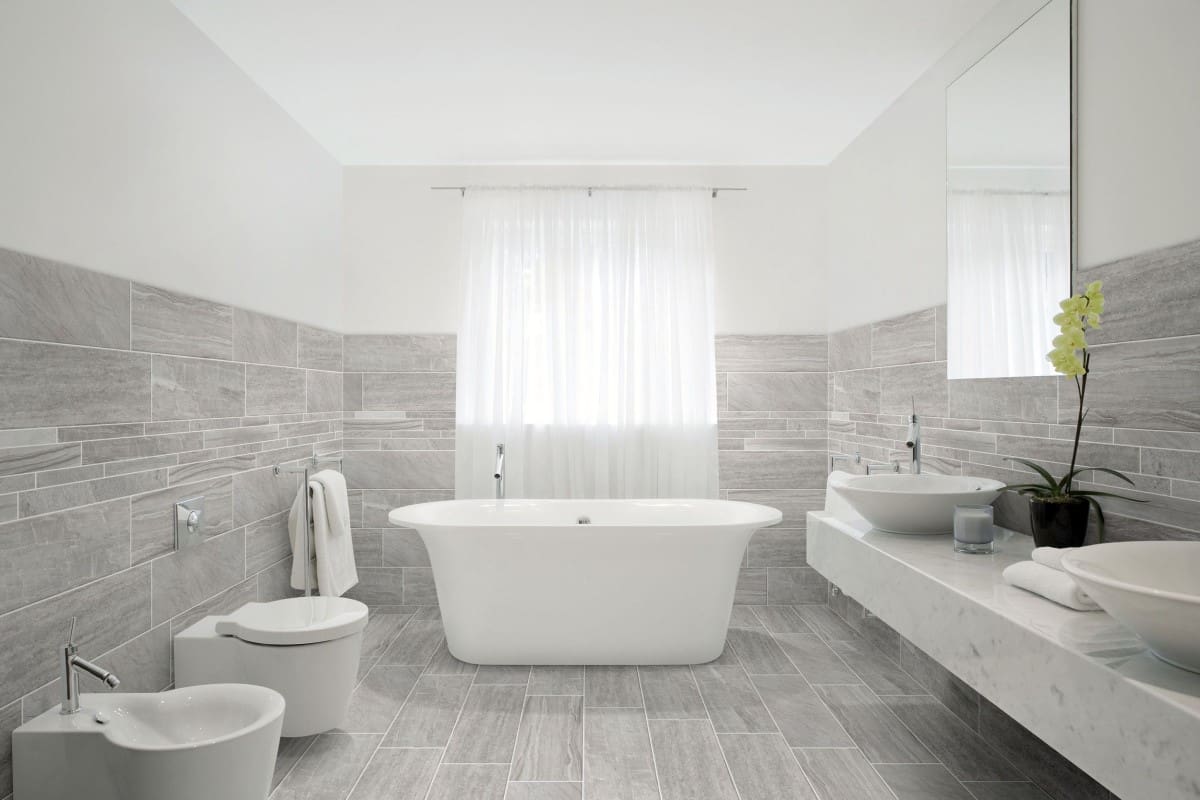
Due to their higher slip potential – especially when wet – polished tiles are generally reserved for interior spaces and wall coverings. If you always use glossy tiles, install polished tiles in areas that don’t get a lot of water.
Glossy tiles also fit perfectly around the hearth and their smooth finish can help you save time when cleaning up after burning soot and grime. The smooth surface of the fireplace reflects the dancing flames, adding to the warm and cozy feeling of crackling!
Honed tiling
Another common finish for natural stone tiles is honed tiling, a stone surface with an even, smooth texture and a matte, satin finish. Honed tiles offer a more modern and fresh texture that pairs perfectly with polished and natural finishes. Compared to polishing, less light is reflected and the color of the tile will always appear lighter.
To achieve the polished look, the natural stone tiles are passed through a series of polishing wheels with fine pads (similar to the tile polishing process, but with fewer wheels) and additional polishing for a satin feel.
The result is a softer look and a smooth, velvety feel! Polished tiles are more scratch resistant than polished tiles because their matte finish is less prone to slipping.
With that in mind, a sanded finish makes tiles better for floors, stairs, and other areas that need to withstand foot traffic. Polished tiles are also easy to clean! Honed tiles are a great option if you don’t want to polish everything or go for a modern look.
If you love the beauty of natural stone tiles but want less wear over time, choose polished tiles over polished tiles. Natural stone tiles with a polished finish will complement other natural stone and wood textures better than polished tiles, creating a warm and cozy interior with an organic feel.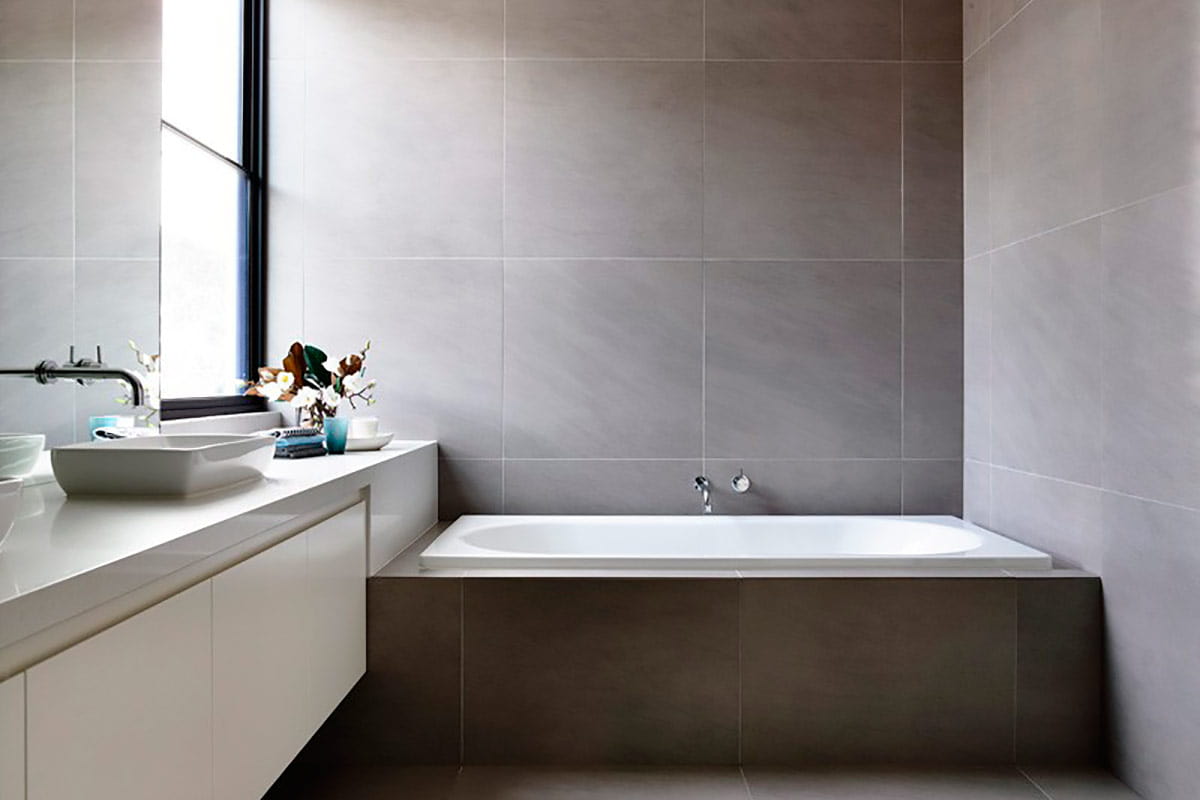
Matte finish
You can find matt glazes in our glasses, bricks, and tiles. Matte tiles have a non-reflective surface and we also offer a wide range of neutrals, whites, and colors. The subtle texture of the matte glaze has a softer effect and adds something special to any installation.
Matte finishes are ideal for floor tiles as they provide more grip and slip resistance. All of our matt glazes have DCOF values above 0.42 and are suitable for wet areas where slip resistance helps.
Unlike glossy tile, matte tile is coated with a matte glaze that has a flat surface that does not reflect light. They are designed to create a more casual and softer look.
One of the most important advantages of matte tiles is their non-slip quality. Since matte surfaces have better traction than glossy surfaces, they are an obvious choice for flooring, especially in showers or wet rooms.
Since matte or frosted tiles are dull and don’t reflect light like glossy tiles, they are best suited for larger kitchens. Matte tiles can actually make a small kitchen feel smaller!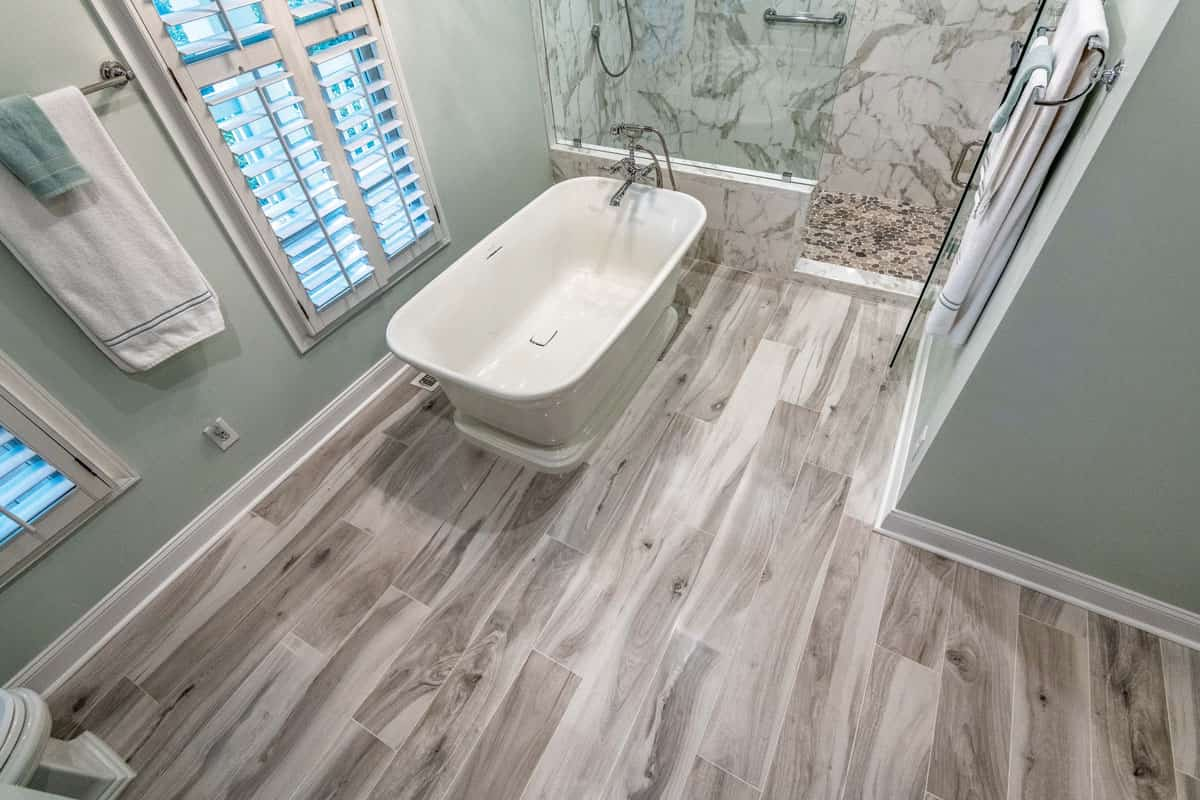
Satin Tile
Although often confused with a burnished finish, the difference between satin tiles is worth mentioning. Satin tiles are actually somewhere between polished and honed, with a softer, less shiny look, providing another option if you don’t want to be totally shiny!
Tumble Tile
As the name suggests, Tumble Stone Tile is physically tumbling! They usually go through this process with rocks, water, and sand in rubber buckets.
Unless they have been chiseled by hand or roughened with a machine, tiles are cured in rubber buckets for three to five weeks until the material wears down the edges and softens the surface. When stone tiles are marked as “tumbled”, you will notice that the surface looks slightly worn and the color is muted.
If you love an earthy, rustic interior style, upgrade your space with the antique look of Tumbled Tiles! The tumbled finish provides great underfoot traction, but it’s not a practical option for heavily used floors.
Rolling stone tiling is popular in showers, around tubs, and on backsplashes, but if the tiling is likely to spill on wet floors, filling the holes with resin is recommended.
Although all natural stones can be tumbled, this finish works particularly well with travertine tiles as the process enhances the natural pitting of the material. In fact, travertine is more about texture than wild color.
Roll-finished travertine tiles have an antique look that makes them look like they’ve been around for centuries. Tumbled finishes help you add tactical texture and organic touch to a space, making it ideal for Mediterranean, Spanish, Tuscan, or other decorating styles!
Brushed Tile
Probably the least common finish, this uses a wire brush to lightly smooth the tile, giving the surface more texture than a polished surface, but not as textured as tumbled. Surface roughness is created when the wire brush removes soft particles from the stone.
Brushed tiles are soft to the touch but still have enough cracks to grip the tiles, resulting in a non-slip surface and a naturally worn finish! Brushed limestone, travertine, and marble tiles are perfect for a vintage effect and will look great in historic and contemporary homes.
These tiles can also fit easily into casual or antique decorating styles. Brushed stone tiles are often left unfilled because wire brushes purposely give them a slight texture. They can basically be used anywhere a polished or knurled tile can be applied.

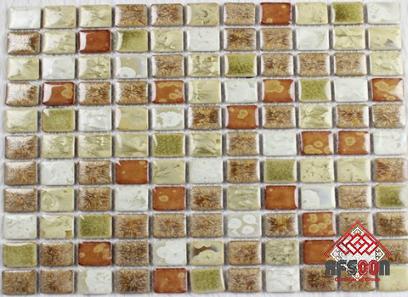

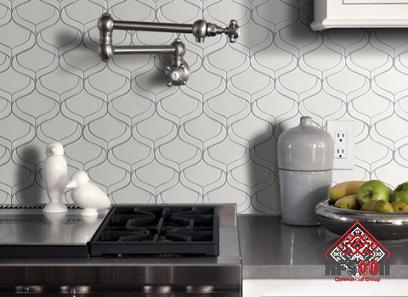
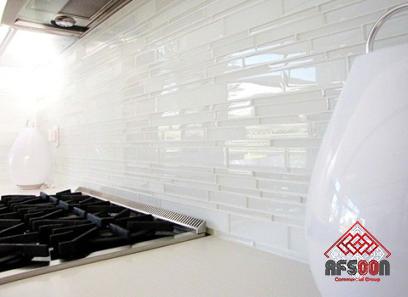
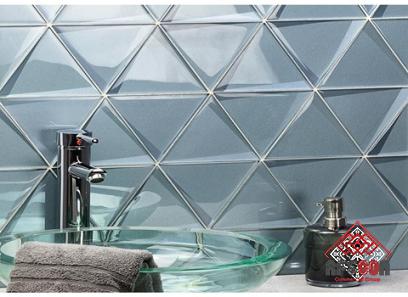
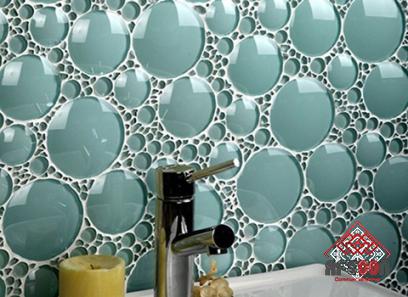

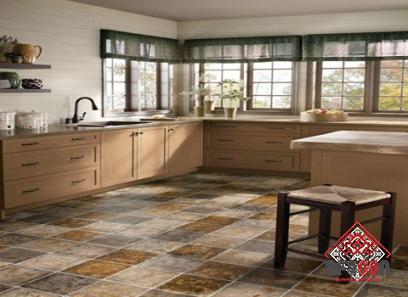
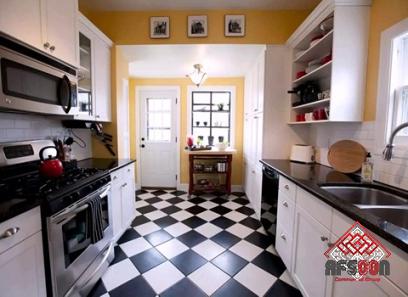
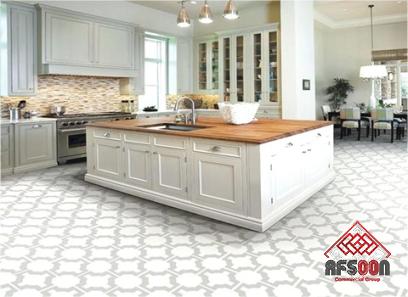
Your comment submitted.